New study names the best performing European countries for education – UK is in the top 5!

- Estonia lands in first place, with a total score of 91.86 out of 100 in education quality and access
- The UK ranks fourth overall, scoring 81.9 out of 100 in education quality and access
- Ireland has the highest PISA score for reading out of the top 15 European countries
- Austria has the lowest overall total, with a score of 69.97 out of 100
The PISA (Programme for International Student Assessment) scores are published yearly by the Organisation for Economic Co-Operation and Development (OECD). The intent is to evaluate education systems, and this is done by measuring the performance of 15 year old pupil’s performance in maths, science, and reading.
Online tutoring school TutorSpace have compiled an index of 17 factors relating to intelligence and development in 44 European countries. They grouped these factors into four categories:
- Education Quality and Access
- Higher Education and Research
- Literacy and Digital Literacy
- Government Investment
Using these categories, the team then gave each country a score out of 100, and finally, they calculated an overall score out of 100 and ranked the countries from highest to lowest.
For Education Quality and Access, the team looked at each country’s PISA scores and ranked them according to which country scored the highest for the category.
Estonia has the highest PISA scores in mathematics and science and a total score of 91.86 in education quality and access. Pupils in Estonia spend an average of 13.55 years in education, and the government spends around 14.35% of its expenditure on education. The average school day in Estonia starts at 8 am and ends at 3 pm. Lessons are 45 minutes long with a ten-minute break in between.
Switzerland ranks second with a category score of 84.92 and the second-highest mathematics score. Switzerland’s government expenditure includes 14.24% for education, and pupils spend around13.86 years in the school system. For Swiss students, school starts at around 8:30 am and ends at around 3:30 pm. Unlike in other countries, students have a 90-minute lunch break at noon and have every Wednesday afternoon off for extracurricular activities.
Ireland is close behind in third with a total score of 84.78 and has the highest reading score out of the top 15. Irish pupils spend an average of 11.58 years in the education system, while the government spends an average of 11.33% of its expenditure on schooling. Primary school students in Ireland spend five hours and 40 minutes daily, including all breaks and assembly time.
The United Kingdom ranks fourth with 81.90. The UK’s highest PISA score is in science. 10.56% of government expenditure goes towards the education system in Britain, while pupils spend 13.41 years on average in school. Students at school in the UK usually start at 8:30 and finish at 3 pm with a break in the morning and a lunch break of 45 minutes.
Finland is in fifth place with 81.55. Finland has the second-highest PISA score in science out of the top 15. Finnish students spend an average of 12.87 years in education, while government expenditure is slightly lower than Britain’Britain’s3%. School days in Finland only last for five hours a day, starting at around 8 am and finishing at 2 pm.
| Rank | Country | Full Index Score | Average PISA Mathematics Score (2022, all students) | Average PISA Reading Score (2022, all students) | Average PISA Science Score (2022, all students) | Education Quality & Access category score |
| 1 | Estonia | 68.87 | 509.95 | 511.03 | 525.81 | 91.86 |
| 2 | Switzerland | 81.1 | 507.99 | 483.33 | 502.52 | 84.92 |
| 3 | Ireland | 63.43 | 491.65 | 516.01 | 503.85 | 84.78 |
| 4 | United Kingdom | 67.83 | 488.98 | 494.4 | 499.67 | 81.9 |
| 5 | Finland | 77.57 | 484.14 | 490.22 | 510.96 | 81.55 |
| 6 | Germany | 64.84 | 474.83 | 479.79 | 492.43 | 79.74 |
| 7 | Denmark | 77.87 | 489.27 | 488.8 | 493.82 | 78.91 |
| 8 | Sweden | 70.53 | 481.77 | 486.98 | 493.55 | 76.7 |
| 9 | Belgium | 69.12 | 489.49 | 478.85 | 490.58 | 76.62 |
| 10 | Slovenia | 61.68 | 484.53 | 468.54 | 499.96 | 74.7 |
| 11 | Netherlands | 68.97 | 492.68 | 459.24 | 488.32 | 74.54 |
| 12 | Norway | 72.84 | 468.45 | 476.52 | 478.23 | 73.57 |
| 13 | Luxembourg | 60.05 | 483.42 | 469.99 | 476.77 | 72.58 |
| 14 | Iceland | 73.36 | 458.91 | 435.92 | 446.97 | 71.99 |
| 15 | Austria | 62.26 | 487.27 | 480.41 | 491.27 | 69.67 |
Germany is sixth in the rankings with a total score of 79.74.German students spend the longest time in education, with each pupil spending 14.09 years in the system. Germany also has a low expenditure on education, with the government spending 9.18% on education.
Denmark is in seventh with 78.91. The Danish government spends an average of 11.94% on education, and students spend an average of 12.96 years in schooling.
Sweden ranks eighth with a score of 76.70. Sweden’s expenditure on education is third-highest in the list, behind Estonia and Switzerland, with the government allocating 13.64% for education. Students spend an average of 12.61 years in the school system.
Belgium is just behind in ninth with 76.62.Belgian students spend around 12.38 years on average in the education system, while the government spends 11.19% of its expenditure on education.
Slovenia is tenth with 74.70. The Slovenian government allocates 11.22% of its expenditure on education, in line with many other governments on the list. Students in Slovenia spend an average of 12.80 years in school.
Missing out on the top ten are the Netherlands, with 74.54; Norway, with 73.57; Luxembourg, with 72.58; Iceland, with 71.99; and finally, Austria, with 69.67.
Patrick Nadler, CEO of TutorSpace and head of the German national tutoring association commented on the findings:
“It is surprising that out of the largest countries in Europe, only Germany and the UK make an appearance on this list.
“The data highlights key areas where each country can improve but also shows where a country is already doing well. Technology and research are areas where many countries need to increase spending to find ways to adapt to our changing world.
“Education is another area where improvement can be made; by increasing budgets and using external tutors alongside state learning, more people will be able to improve their situations and share their skills and knowledge.”


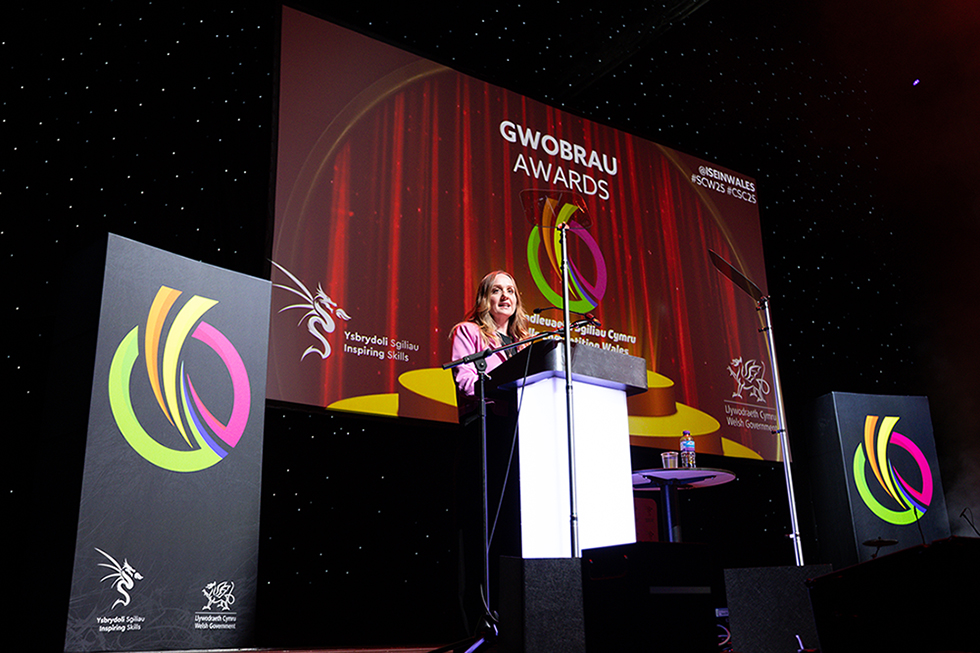


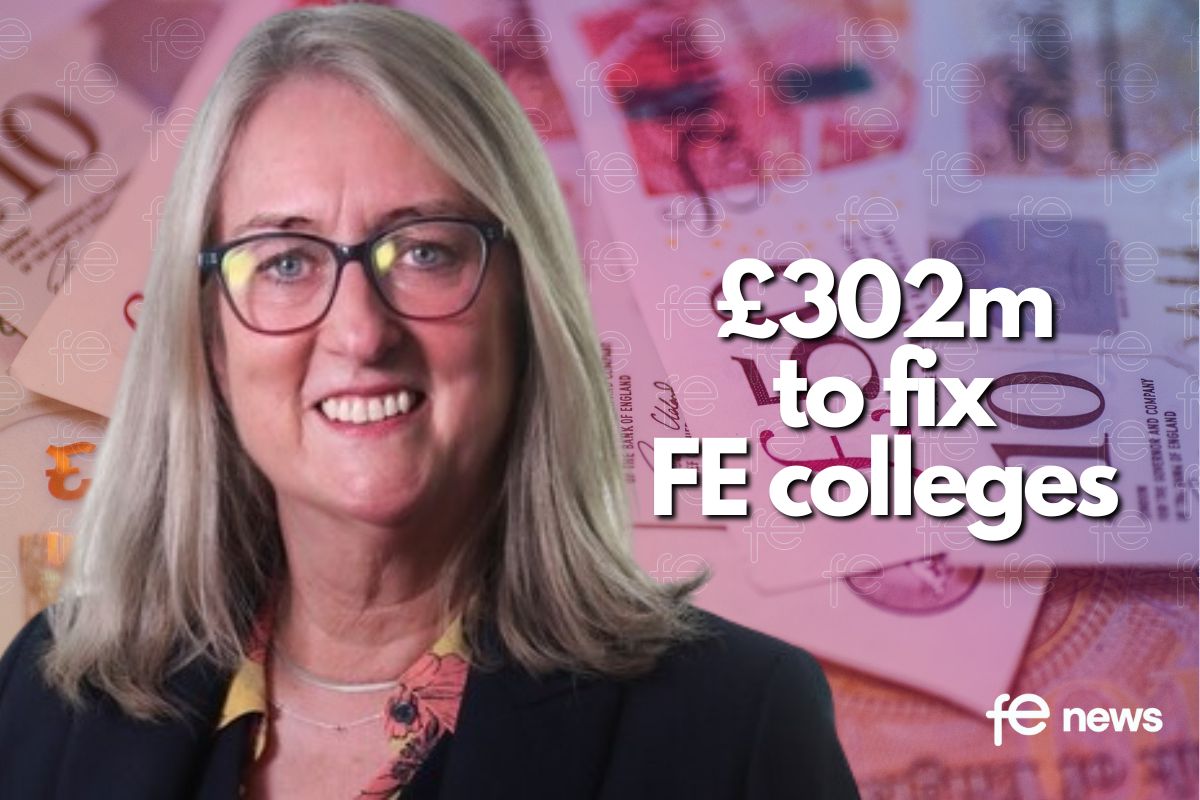
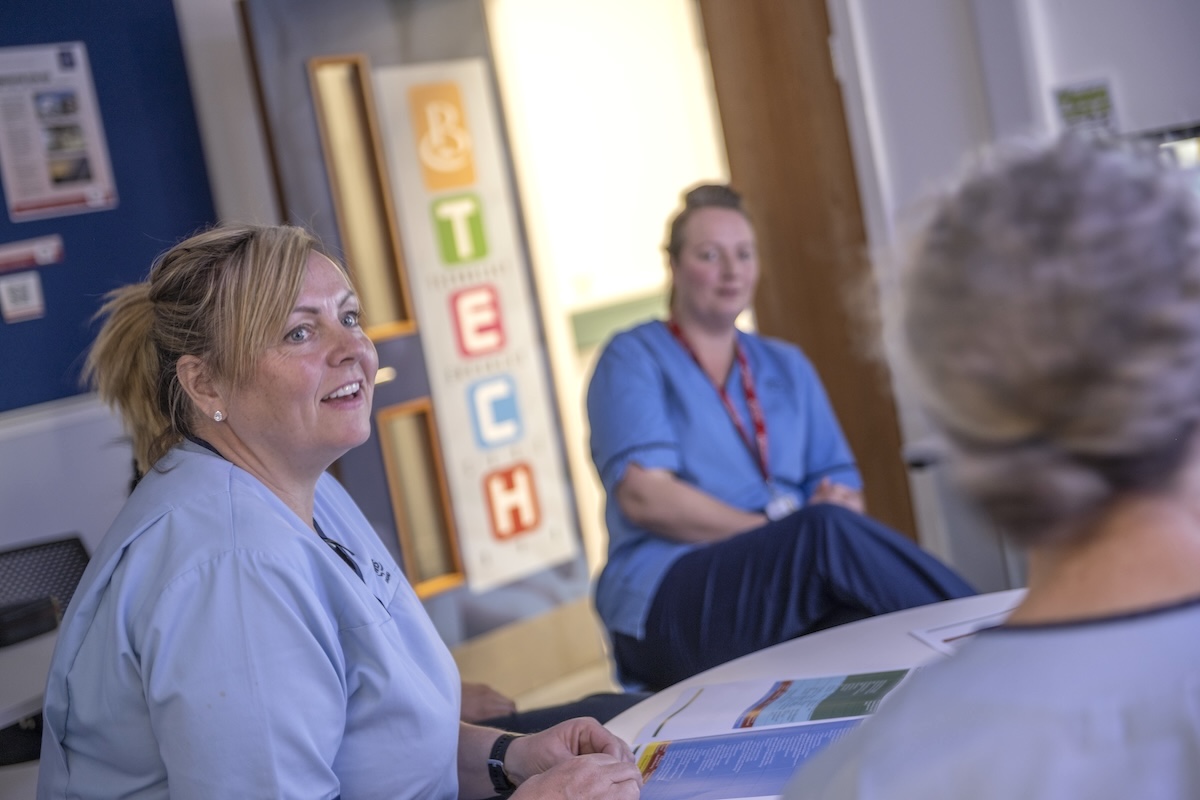

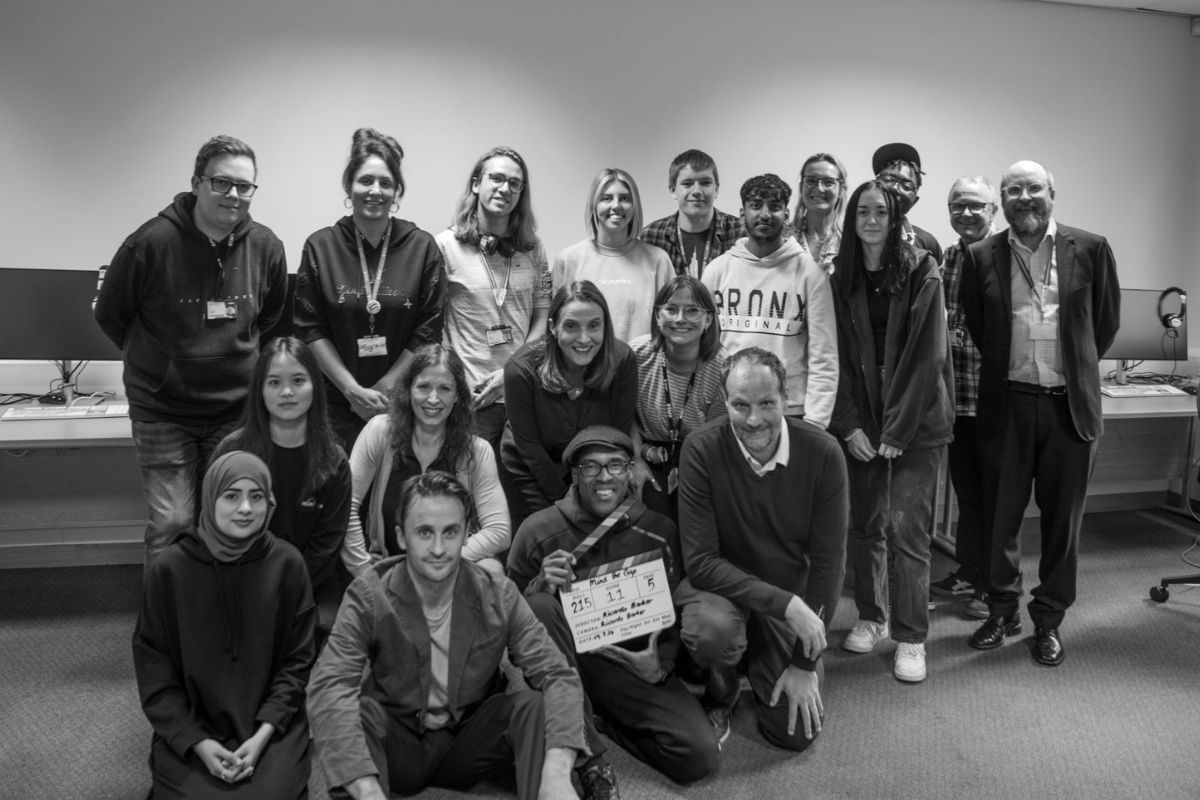
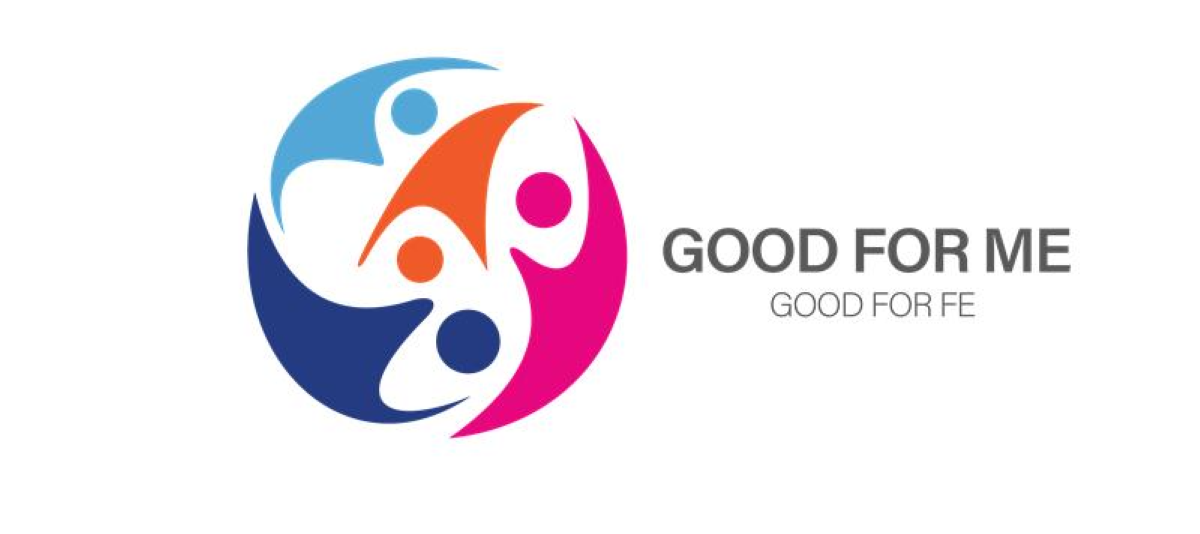

Responses